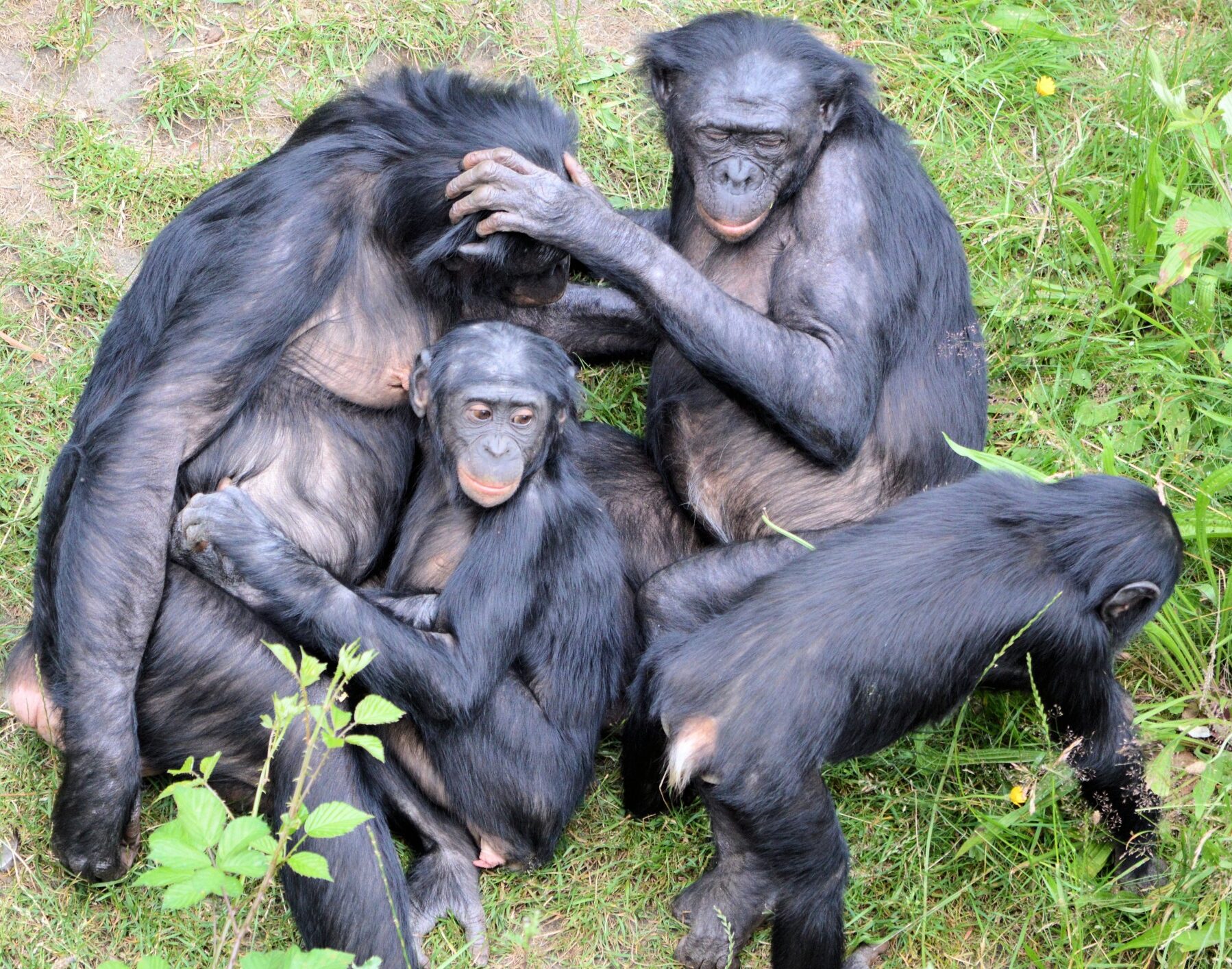Mountainous regions hold about three-quarters of global butterfly diversity, but global warming could turn these safe havens into ecological traps, scientists fear.
Butterflies, colorful symbols of nature’s beauty, are facing a hidden crisis. A fascinating new study reveals that their richest habitats, concentrated in high-elevation regions, are uniquely threatened by climate change.
Published in Nature Ecology & Evolution, the research warns that up to two-thirds of the habitat space butterflies rely on to survive in tropical mountains could vanish by 2070, putting these fragile ecosystems at risk.

Credit: Charles J. Sharp, CC BY-SA 4.0
Key Findings:
- Mountains: Butterfly Sanctuaries at Risk
Though mountain regions cover under 40% of Earth’s land, they hold roughly three quarters butterfly hotspots, based on the rarity and diversity of species. These are areas with unique, geographically restricted species. Tropical and subtropical peaks, like those in the Andes and Himalayas, are especially critical. Mountains hold over three times more biodiversity hotspots than lowlands. - A Mismatch with Conservation Priorities
Less than half of the space butterfly hotspots overlap with hotspots for ants, birds, mammals, or plants. Over 40% of butterfly-rich areas, such as South Africa’s highlands and the Atacama Desert, aren’t shared with any vertebrate hotspots. This means current conservation plans focusing on vertebrates like birds and mammals may miss crucial insect habitats. - From Refuge to Trap
Butterflies’ reliance on cool, high-elevation climates makes them vulnerable. As temperatures rise, their specialized habitats shrink. For example, tropical mountain hotspots in Africa could lose 60% of their space with appropriate temperatures for butterfly habitat with a rise of only 2.6°C rise. Without urgent action, mountains may become “traps” where species have nowhere to escape.

Credit: Balakrishnan Valappil, CC BY-SA 2.0
Why It Matters:
Butterflies aren’t just pretty pollinators — they’re indicators of ecological health. Their decline signals broader insect losses, which threaten food webs and plant survival. The study emphasizes that protecting mountain habitat connections is essential. These hotspots are evolutionary treasure troves, the authors note, highlighting their irreplaceable genetic diversity.
As the planet warms, the fate of butterflies, and the ecosystems they support, hangs in the balance. Saving these high-altitude havens could be key to preserving nature’s delicate balance.
***
“Global hotspots of butterfly diversity are threatened in a warming world,” Pinkert, S. et al. Nature Ecology & Evolution (2025).
Featured photo: An Apollo butterfly (Parnassius apollo) in Bavaria, Germany
Featured photo credit: Michael Schroeren, CC BY-SA 4.0








